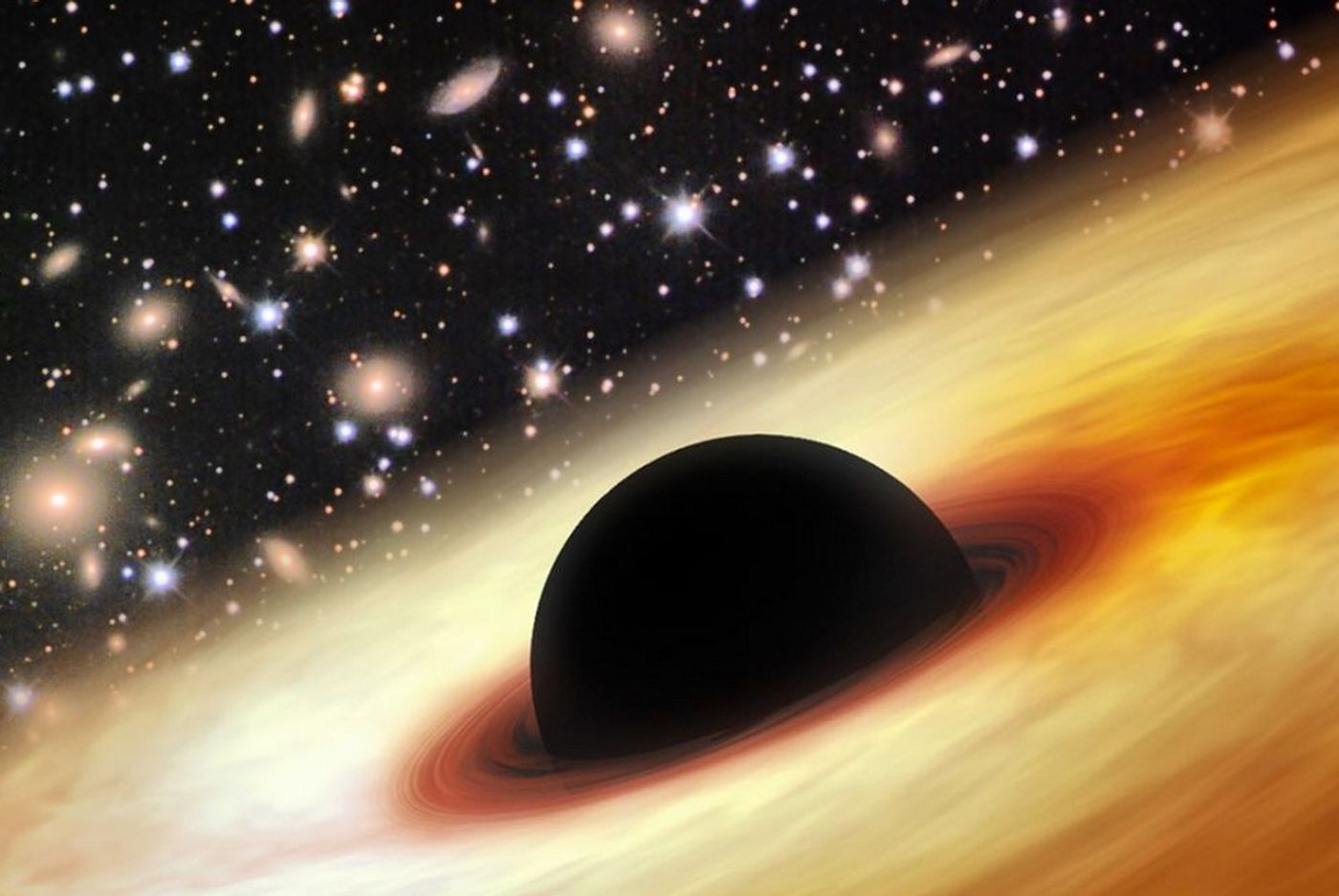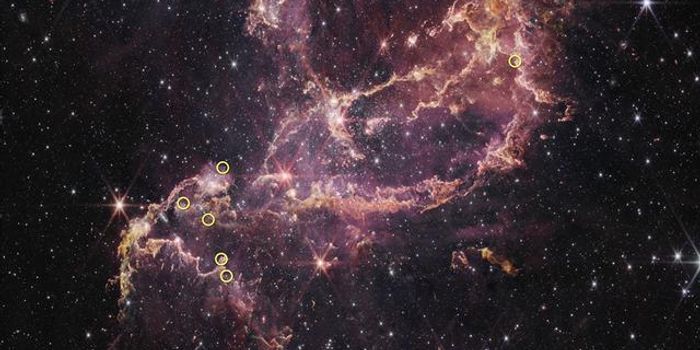Videos
Octopus takes crab down
With over 25 years of sales and marketing experience at various Life Science & Biotech Companies, Greg Cruikshank is leveraging his professional and entrepreneurial skills to run the internet companies Labroots, Inc. and Chati, LLC.
Labroots is the leading scientific social networking website, offering top scientific trending news and premier educational virtual events and webinars. Contributing to the advancement of science through content-sharing capabilities, Labroots is a powerful advocate for amplifying global networks and communities.
At Chati, we're more than just a virtual events platform. We're a testament to years of dedication, expertise, and a relentless passion for creating immersive virtual experiences. Engineered with decades of specialized experience in developing software for virtual events, Chati's underlying technology is robust, functional, secure, and cutting-edge. Our platform architect's expertise guarantees that Chati stands as a leader in technological advancement in the virtual events space.
At Snake Country, we take pride in the husbandry and breeding of the most beautiful boas and pythons in the world. We produce a variety of snakes such as Boa Constrictors, Ball Pythons, and other reptiles. All of our animals are raised and captively bred at our facility in Orange County, California.









